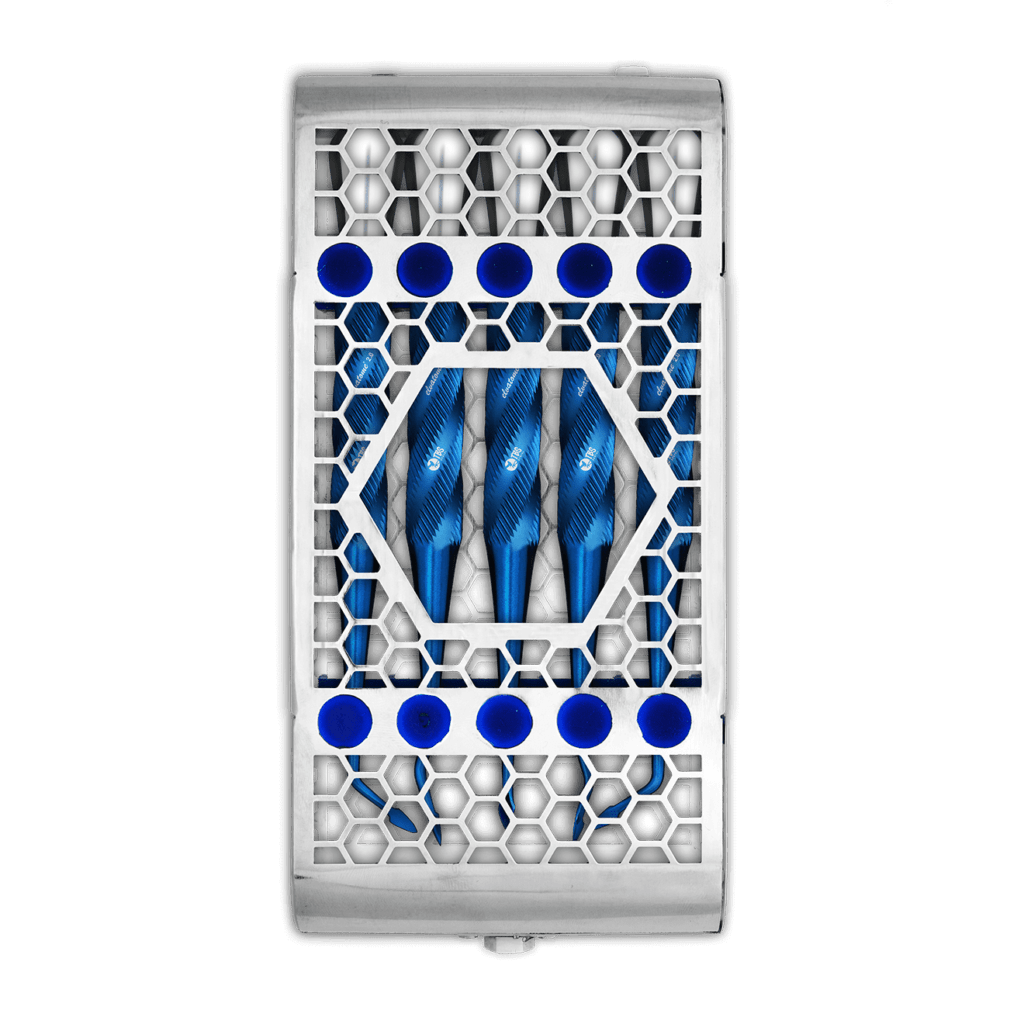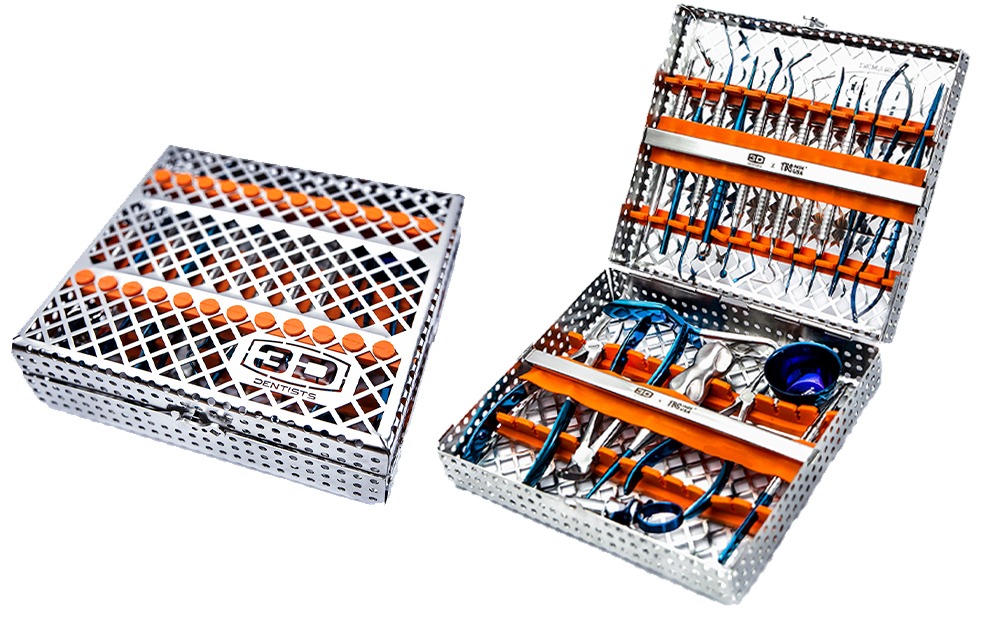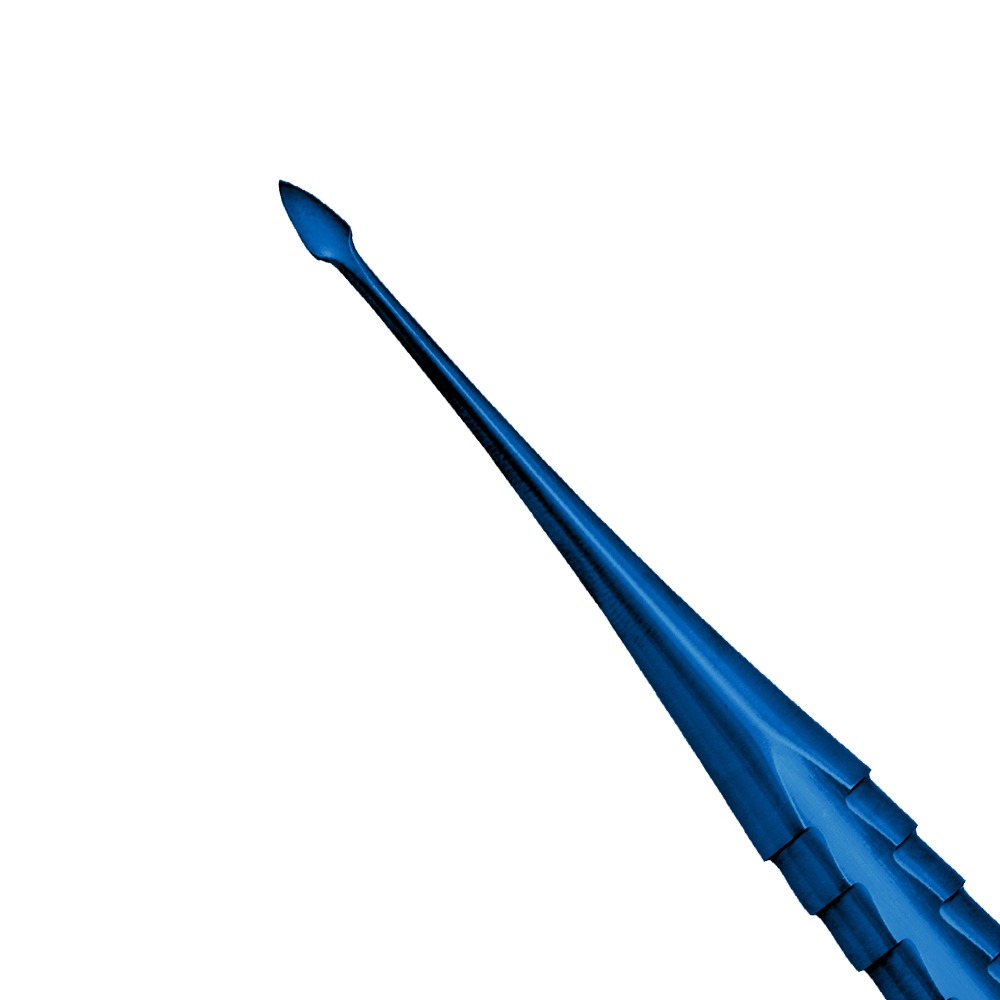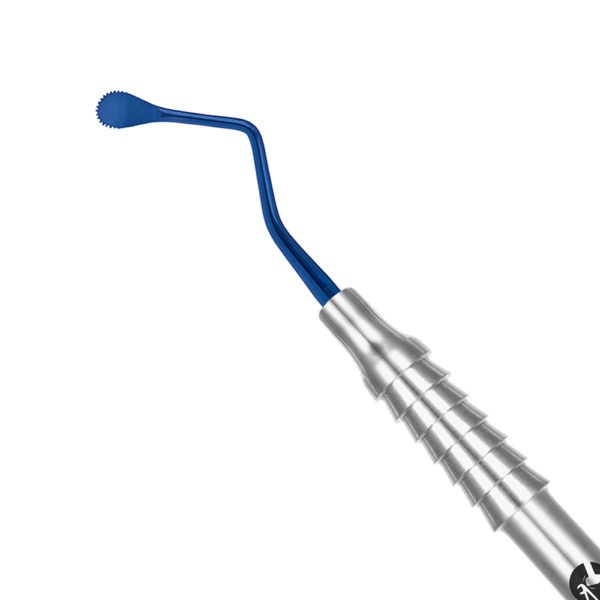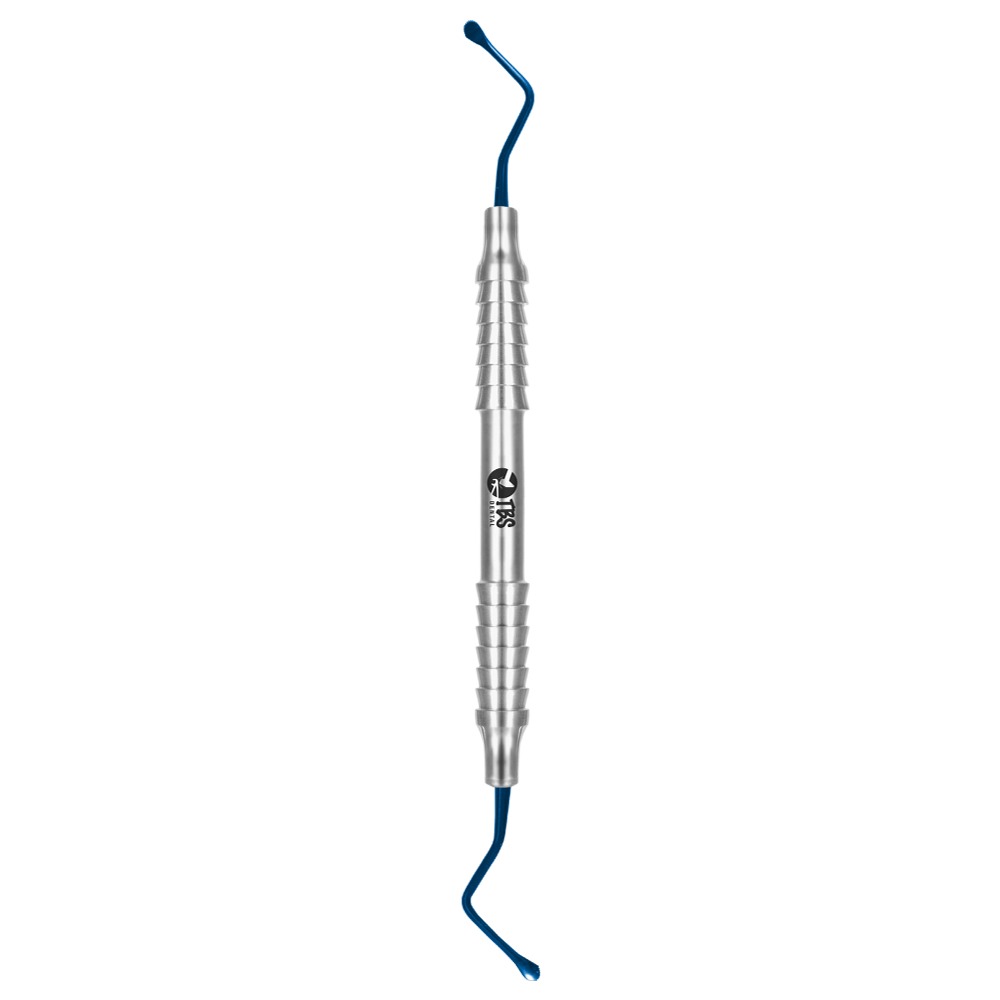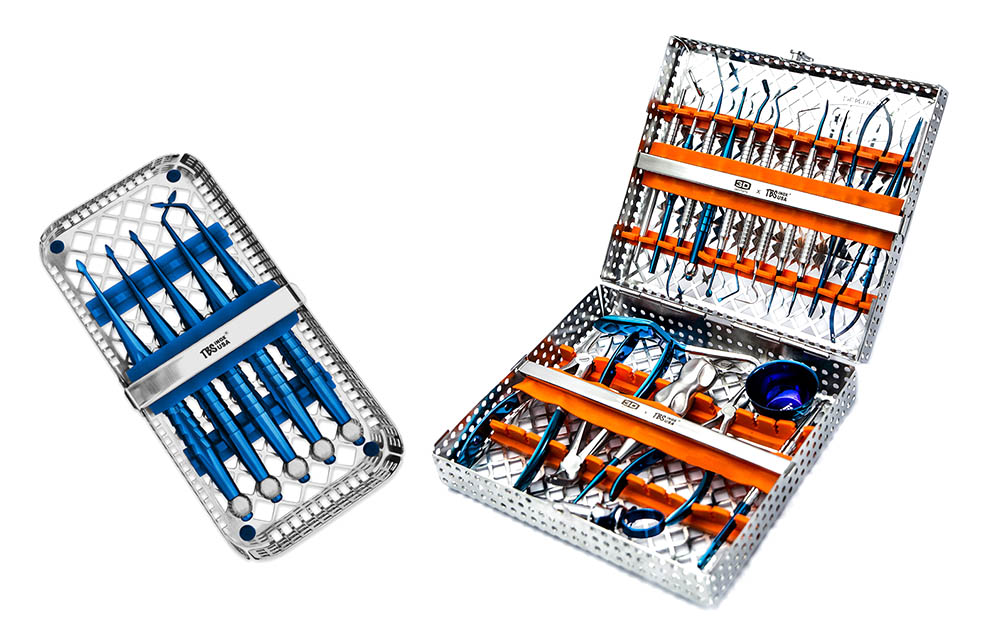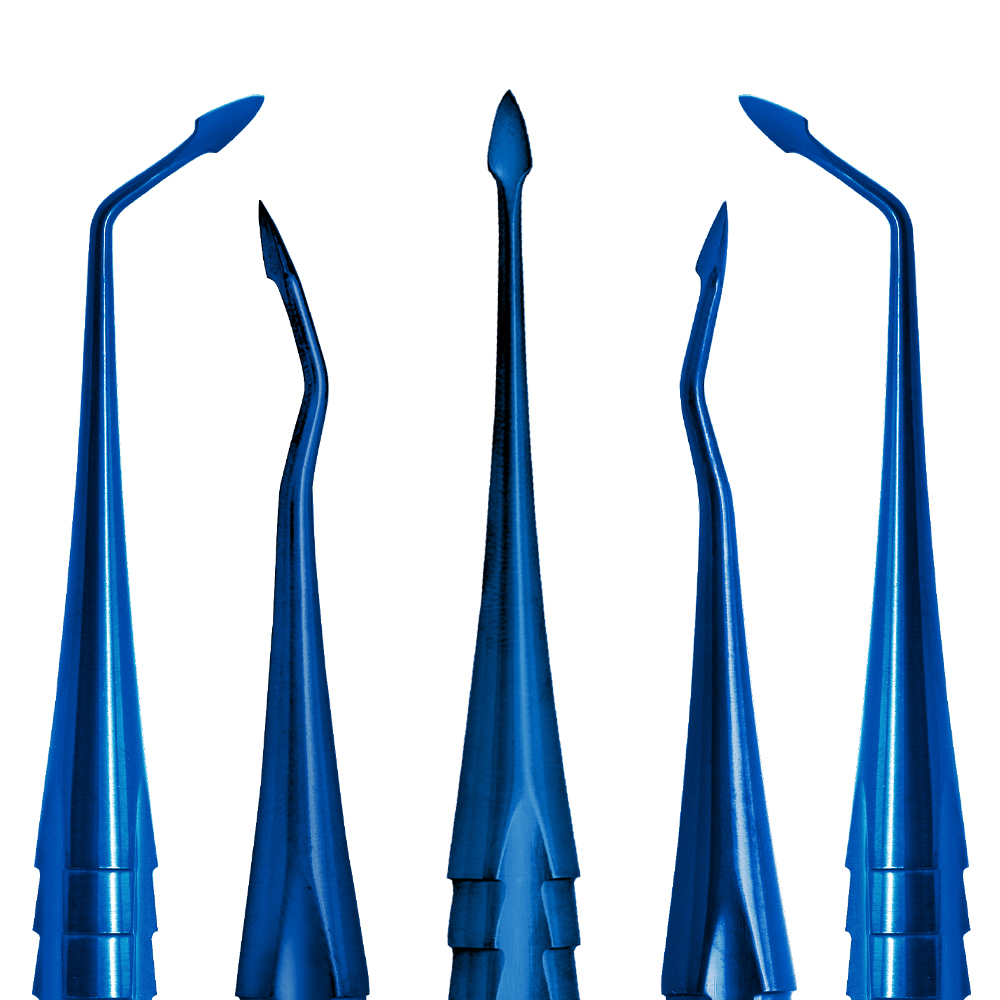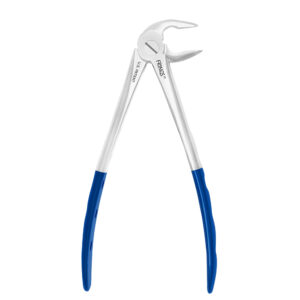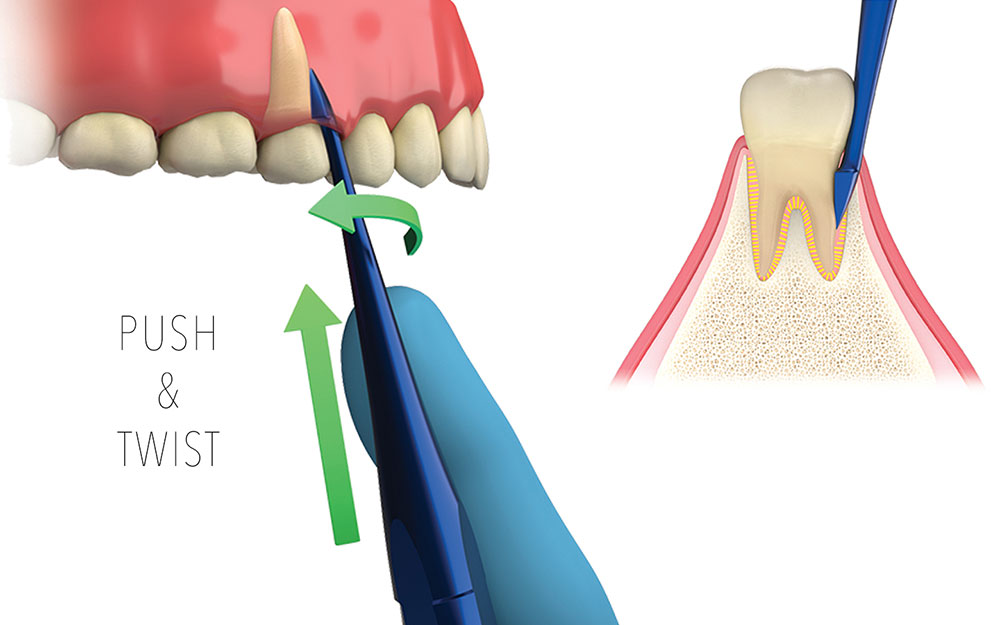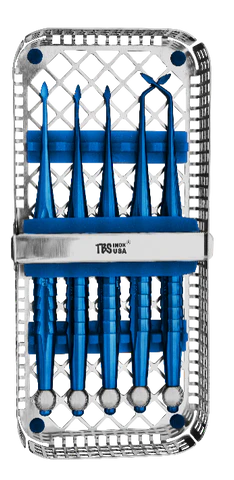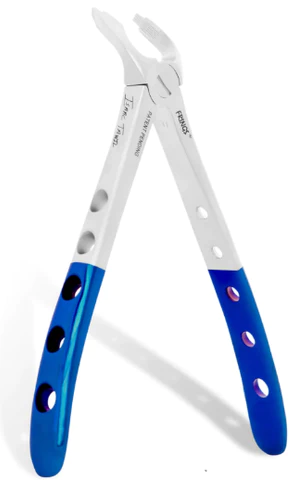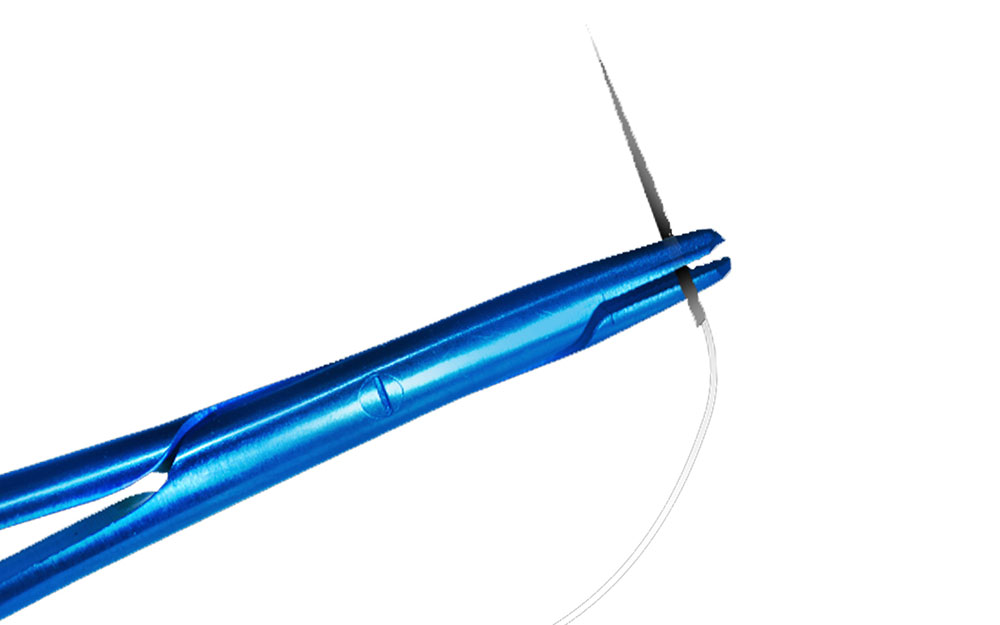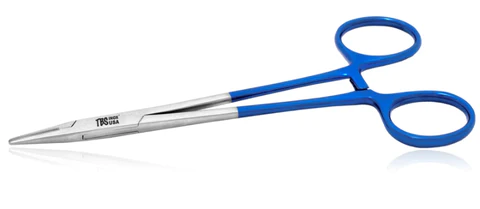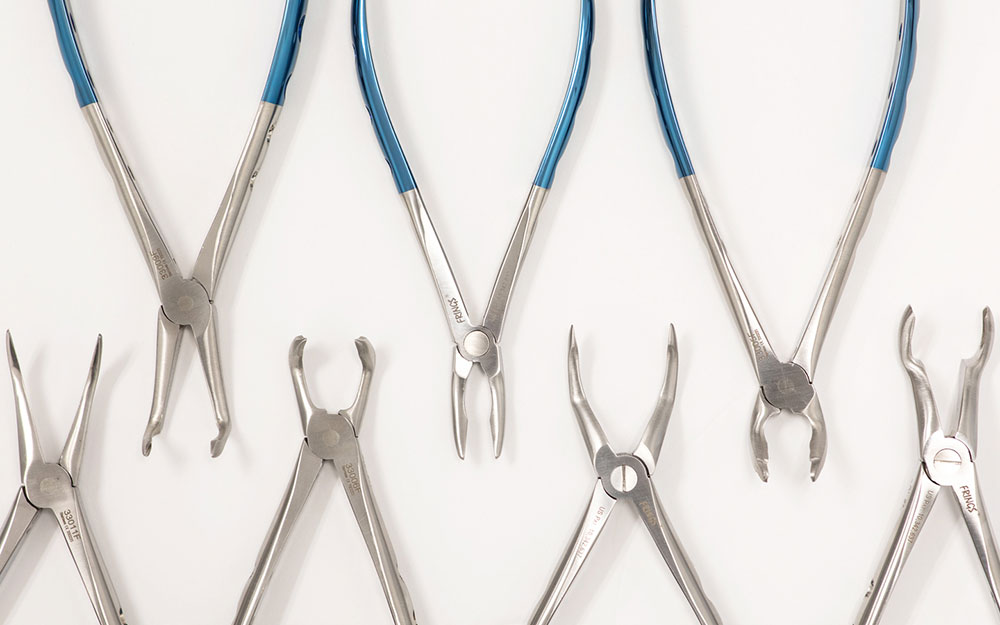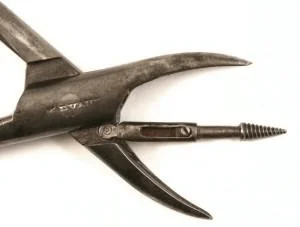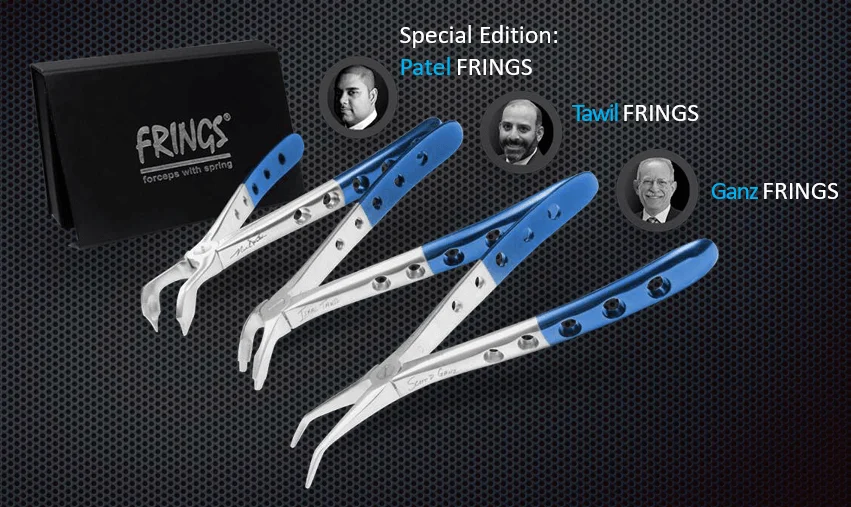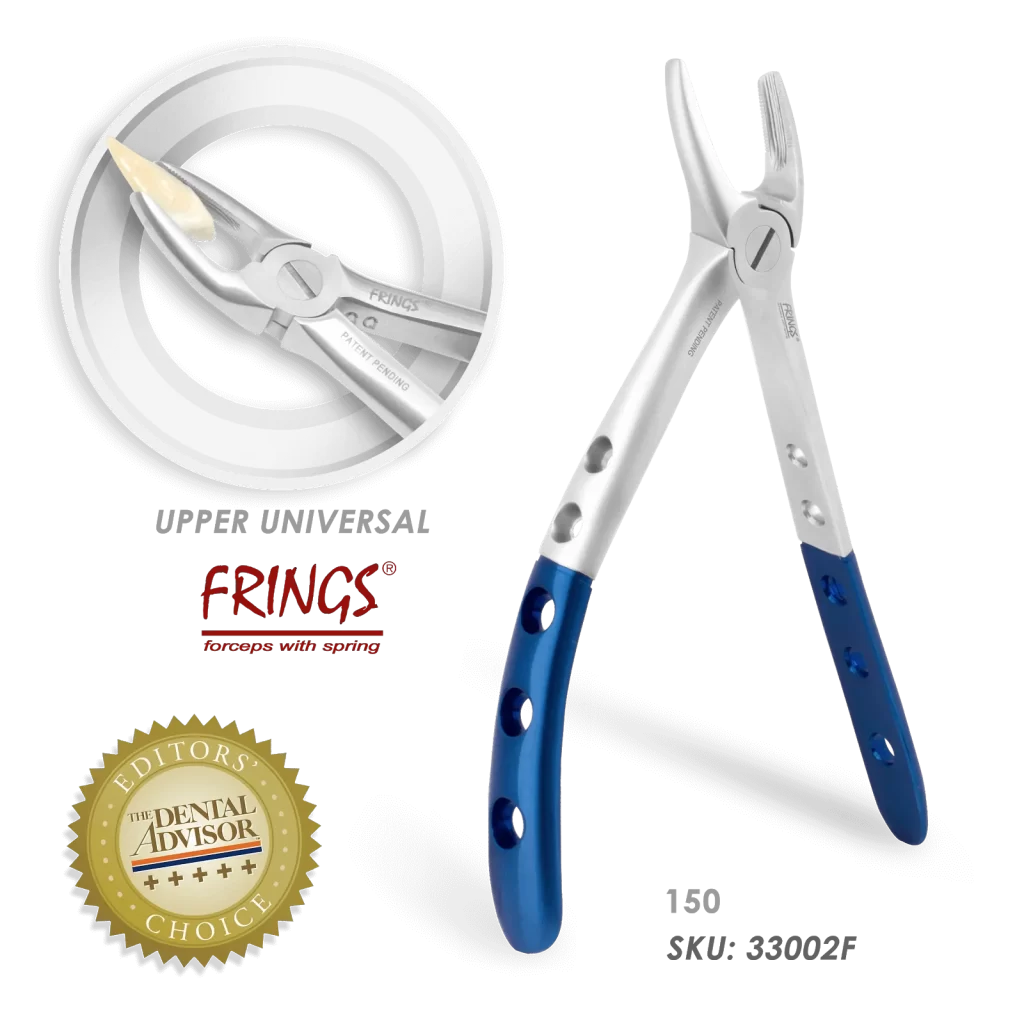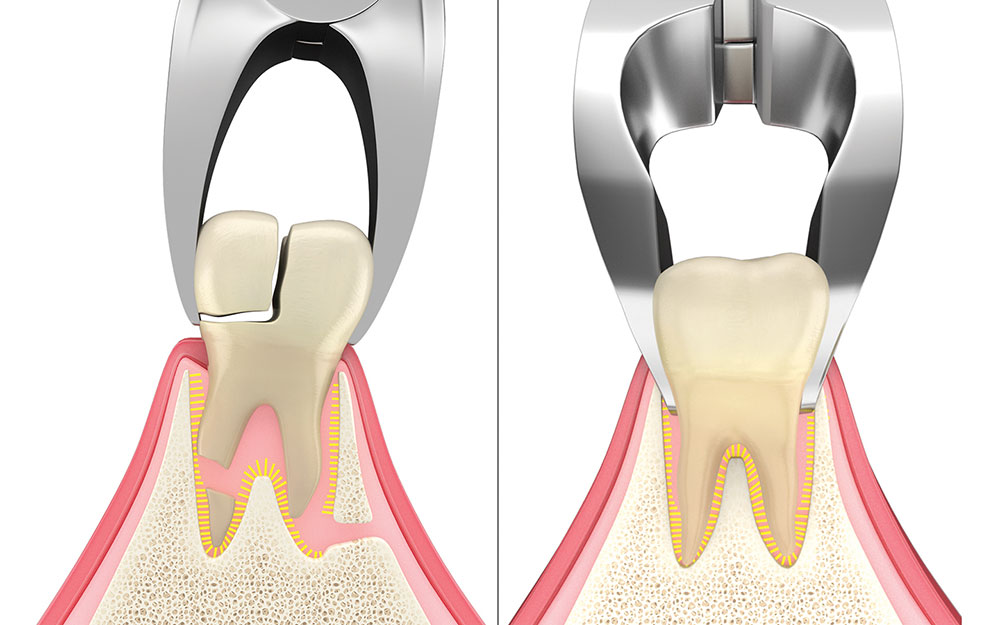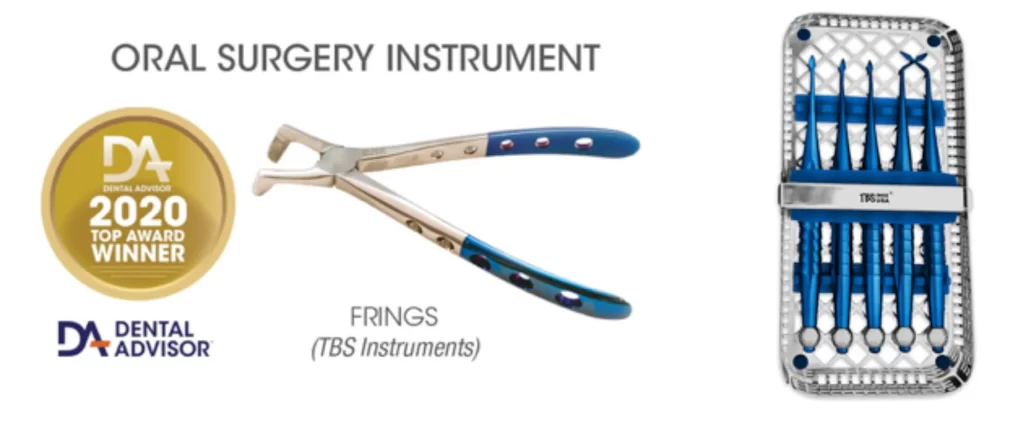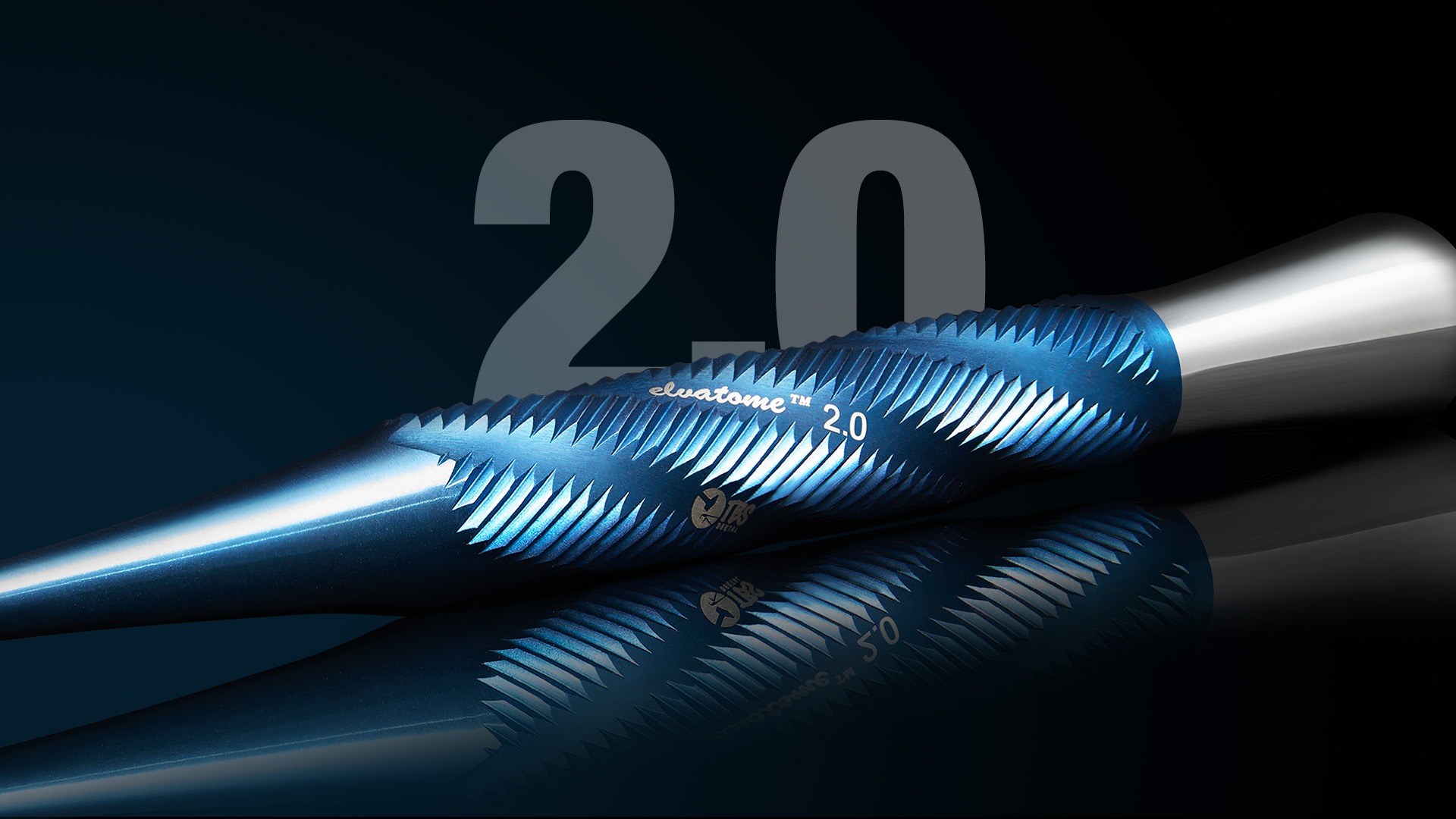
Dental elevators have been around for centuries,
But it was not until the 1880s that they became commonly used in dentistry. Unfortunately, little has changed in their design over the past 140 years, with only minor tweaks to the handles and tips. However, with the increasing success of dental implant surgery, maintaining bone has become crucial for both immediate and delayed implant placement. Traditional elevators use a wheel and axle or lever action to force a tooth out of its socket, causing significant stress on the tooth-bone complex, leading to alveolar or root fractures.
In the early 2000s,
Periotomes were introduced to cut periodontal ligaments for atraumatic tooth extractions and dental implant placement. But they couldn’t withstand pressure or force. In 2019, TBS Dental introduced elvatome, a revolutionary tool combining the strength of a luxating elevator with the precision and sharpness of a periotome. The elvatome was designed with advanced engineering and craftsmanship, providing finer handles, tips, and angles for tooth displacement than previous predecessors like proximators, luxators, and other PDL-Elevators.
The elvatome’s spade-shaped tips, angles, and grip options provide clinicians with a superior alternative to traditional elevators when obtaining a purchase point for tooth displacement. This technique is especially effective for multi-rooted teeth, once sectioned, each elvatome angle allows the clinician to reach even the most difficult angles with comfortable ergonomics to push and twist each root from its alveolar housing.
One of the main advantages of the elvatome is that it is designed to be less traumatic than traditional elevators. The elvatome’s spade-shaped tips and angles are specially designed to sever the periodontal ligament with minimal force, leading to less trauma to the tooth and surrounding tissues. Additionally, the elvatome’s grip options are specially designed to reduce slippage and increase control, allowing for more precise tooth displacement and less trauma to the bone.
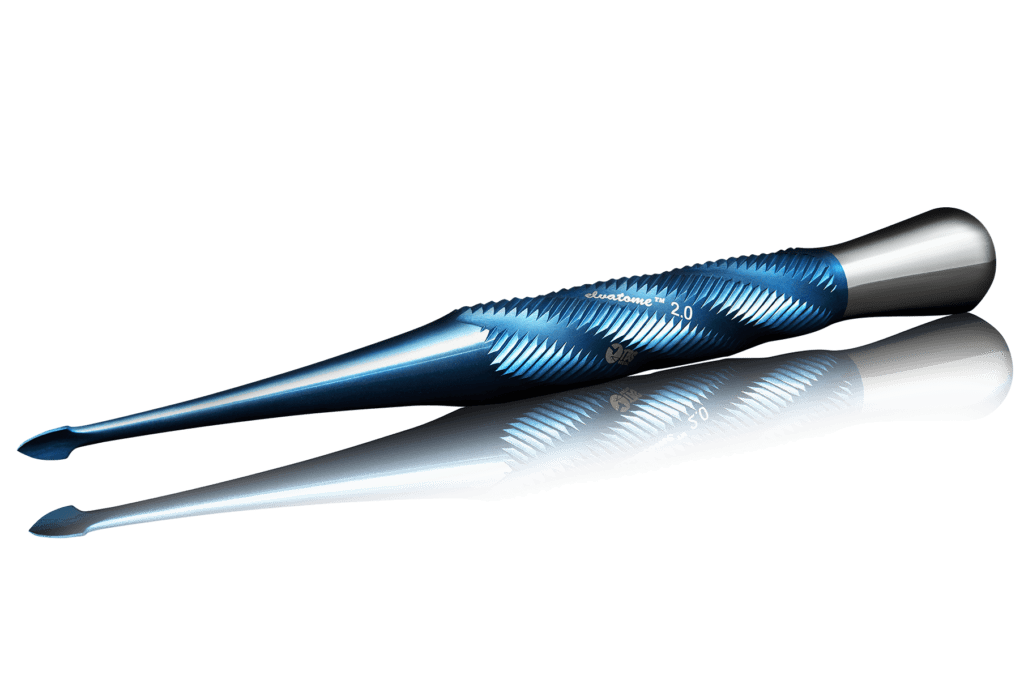
elvatome® 2.0
Now, TBS Dental is excited to announce the latest iteration of their revolutionary dental instrument: elvatome 2.0. Designed with advanced engineering and craftsmanship, elvatome 2.0 boasts a spade-shaped sharp tip that effortlessly severs the periodontal ligament while expanding the alveolar bone, making extractions faster and easier than ever before. The patent-pending TWIST handle promotes superior ergonomics, guiding clinicians to the recommended “Push and Twist” motion for precision and accuracy with every use.
One of the key features of elvatome 2.0 is its thicker construction. This increased thickness maximizes rigidity and reduces clinician fatigue when working in interproximal areas. The enhanced grip with its TWIST handle and thicker stabilizing tear drop provides increased surface area for the palm grip, creating even greater apical force for smoother root displacement. Additionally, elvatome 2.0 is crafted with a single rod construction and a weighted stainless steel tear drop, maximizing strength and durability while effortlessly balancing the tip, allowing for easier entry into proximal areas with more force.
The elvatome 2.0 is designed to be a must-have tool for dental practitioners seeking to protect tissue, preserve bone, and enhance patient experience during tooth extractions. Upgrade your dental practice with this revolutionary tool and experience a new level of precision, strength, and ease during every extraction.
